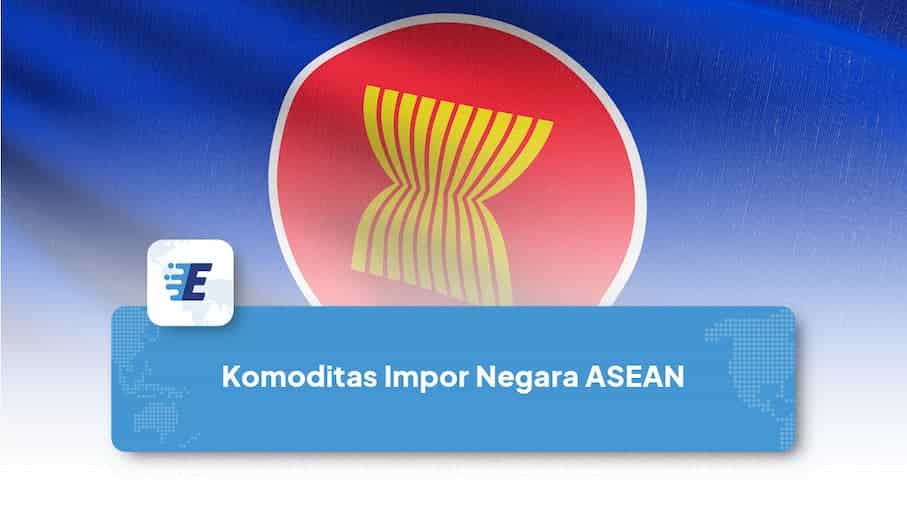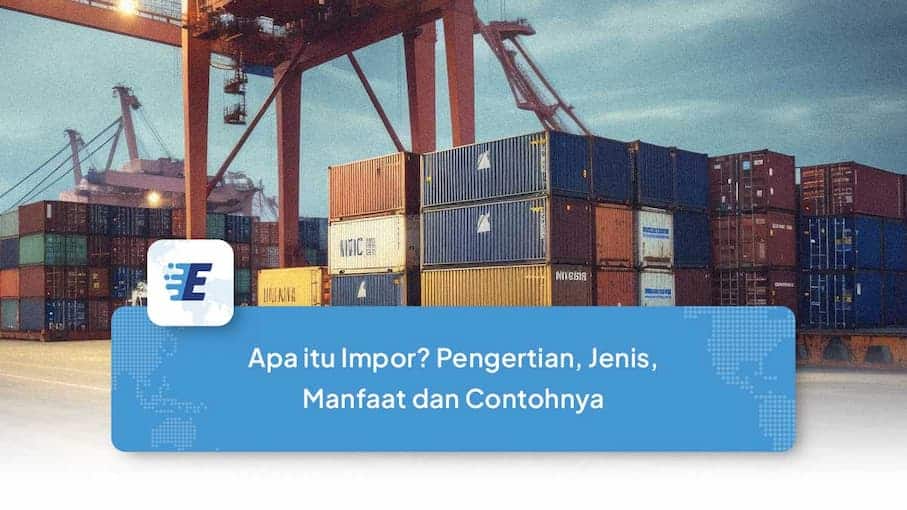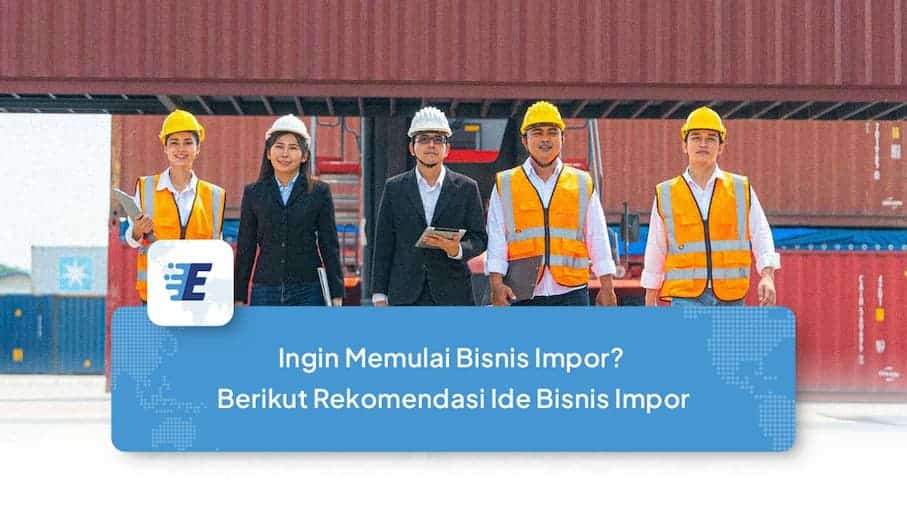Last updated on April 17th, 2025 at 09:30 am
ASEAN (Association of Southeast Asian Nations) is an intergovernmental organization consisting of ten countries in Southeast Asia. ASEAN countries have diverse economies and play an important role in global trade. Understanding the export and import commodities of ASEAN countries is essential to understanding the economic dynamics in the region and its global trade relations.
Export and Import Commodities of ASEAN Countries
List of contents
The following is a summary of the main export and import commodities from each ASEAN country along with their explanations:
1. Indonesia
Indonesia is one of the world's largest coal producers, with many countries relying on Indonesian coal for power generation and industrial purposes. In addition, Indonesia produces and exports large amounts of palm oil, which is used in products ranging from food to cosmetics. Indonesian natural rubber is used in a variety of industries, such as automotive and manufacturing.
在进口方面, Indonesia imports machinery and mechanical equipment to support its industrialization and infrastructure development. Chemicals are also imported for industrial and agricultural purposes. Despite being an oil producer, Indonesia imports refined petroleum products to meet domestic needs.
Read Also: List of Currency Names in Asian Countries with Their Exchange Rates
2. Malaysia
Malaysia is a major producer of electronics and electrical equipment that are exported to various countries. In addition, Malaysia is also one of the main exporters of palm oil. Malaysia is one of the largest exporters of LNG, which is used as an energy source.
在进口方面, Malaysia imports machinery and electrical equipment for its manufacturing and electronics industries. Chemicals are also imported for use in various industrial sectors, and iron and steel products are needed for construction and industry.
3. Thailand
Thailand is known as the center of motor vehicle and auto parts production in Asia. In addition, Thai rice is famous throughout the world, and rubber is used in global industries. Thailand also exports computer equipment and other electronics.
To support its manufacturing industry, Thailand imports machinery and mechanical equipment, as well as fuels such as crude oil and refined petroleum products. Chemical products are also important import commodities used in various industrial sectors.
Read Also: 10 Popular Thailand Export and Import Commodities!
4. Vietnam
Vietnam is one of the world's leading exporters of textiles and clothing. The country also exports a variety of electronic products, including mobile phones, as well as seafood such as shrimp. For its manufacturing industry, Vietnam imports machinery and electronic equipment, as well as fabrics and textile materials for the garment industry. Petroleum products are also imported to meet domestic energy needs.
5. Singapore
Singapore exports high-value electronics and precision equipment, chemicals including petrochemicals, and medical devices and pharmaceuticals.
On the import side, Singapore imports machinery and electronic equipment for its high-tech industry, crude oil for its oil refining industry, and precious metals used in the jewellery and investment industries.
6. Philippines
The Philippines is a major exporter of electronic components, as well as fruits such as bananas and pineapples. The country also exports vehicles and their spare parts. To support its industrial sector, the Philippines imports machinery and mechanical equipment, chemicals for industrial and agricultural use, and electronic components for the manufacturing industry.
Read Also: What are the Philippines' main import commodities?
7. Brunei Darussalam
Brunei's main exports are crude oil and liquefied natural gas (LNG), which contribute significantly to the country's economy, as well as petrochemical products. To support its industrial and consumer sectors, Brunei imports machinery and mechanical equipment, food products, and building materials used in the construction sector.
8. Cambodia
纺织和服装业是柬埔寨的主要出口行业,还有大米和天然橡胶等农产品。为了支持国内工业,柬埔寨进口机械和机械设备、各种消费食品和工业用化学品。
9. Laos
Laos exports electricity to its neighbors, especially Thailand, as well as agricultural products such as coffee and rice, and wood and wood products. To support its industrial sector, Laos imports machinery and mechanical equipment, various food products for domestic needs, and petroleum products to meet its energy needs.
10. Myanmar
Myanmar is a major exporter of natural gas, agricultural products such as rice and beans, and gemstones such as rubies and sapphires. To support its industrial sector, Myanmar imports machinery and mechanical equipment, various food products for consumption, and chemicals for industrial and agricultural purposes.
Read Also: Exporting Goods Internationally: A Strategic Business Approach
Conclusion
The export and import activities of ASEAN countries are driven by their unique economic structures and resource availability. Natural resources such as palm oil, coal and rubber dominate exports from countries such as Indonesia and Malaysia, while high-value industrial and electronic products are significant for countries such as Singapore and Thailand.
On the import side, machinery, chemicals and petroleum products are common needs across the region, reflecting their industrial and energy demands. Understanding these trade patterns is critical for businesses, policymakers and stakeholders involved in the dynamic economic dynamics of ASEAN.




